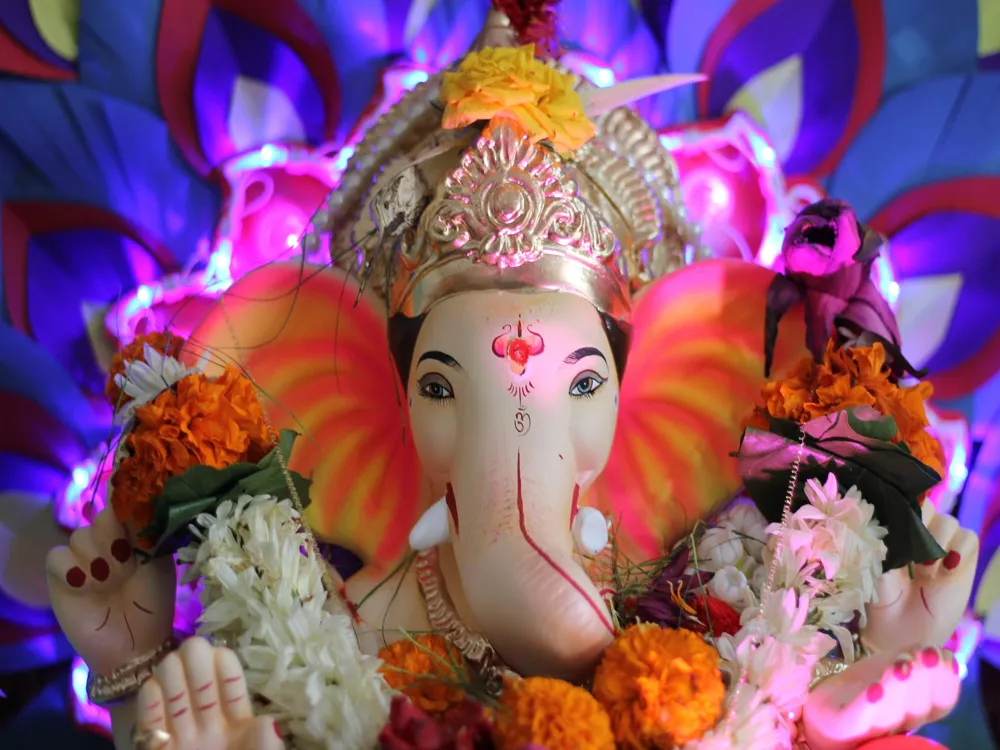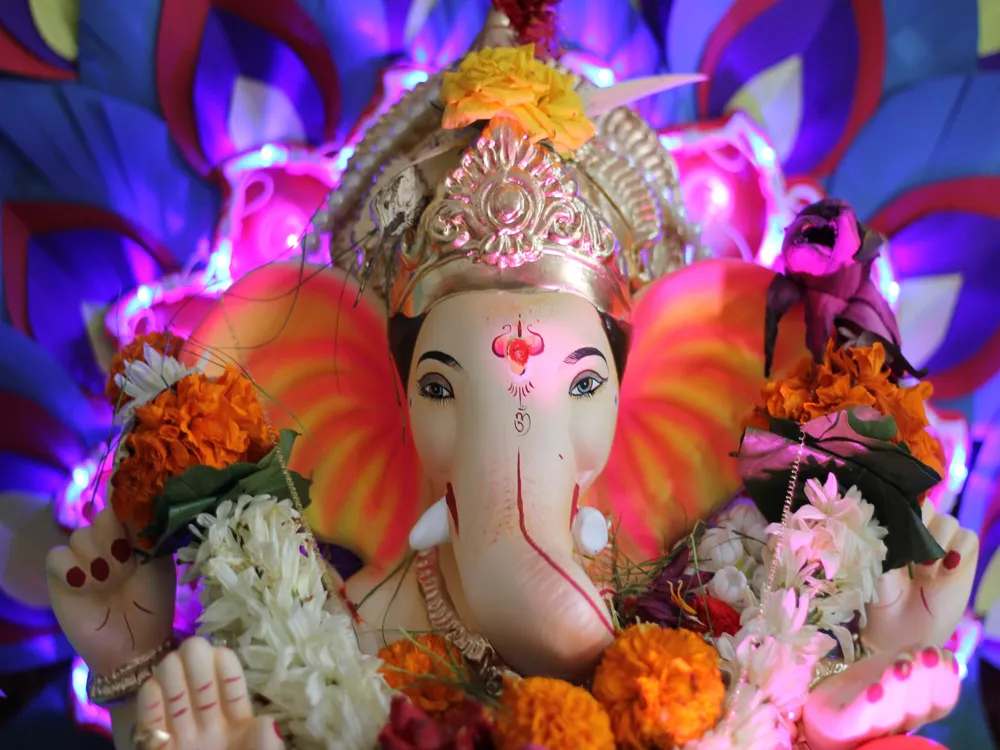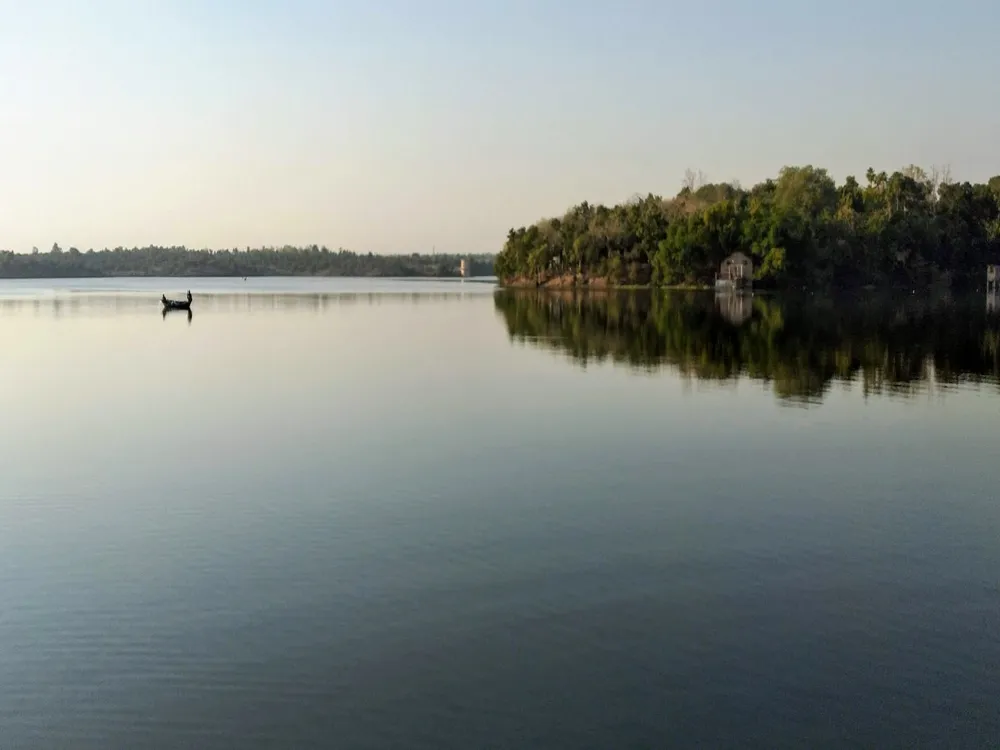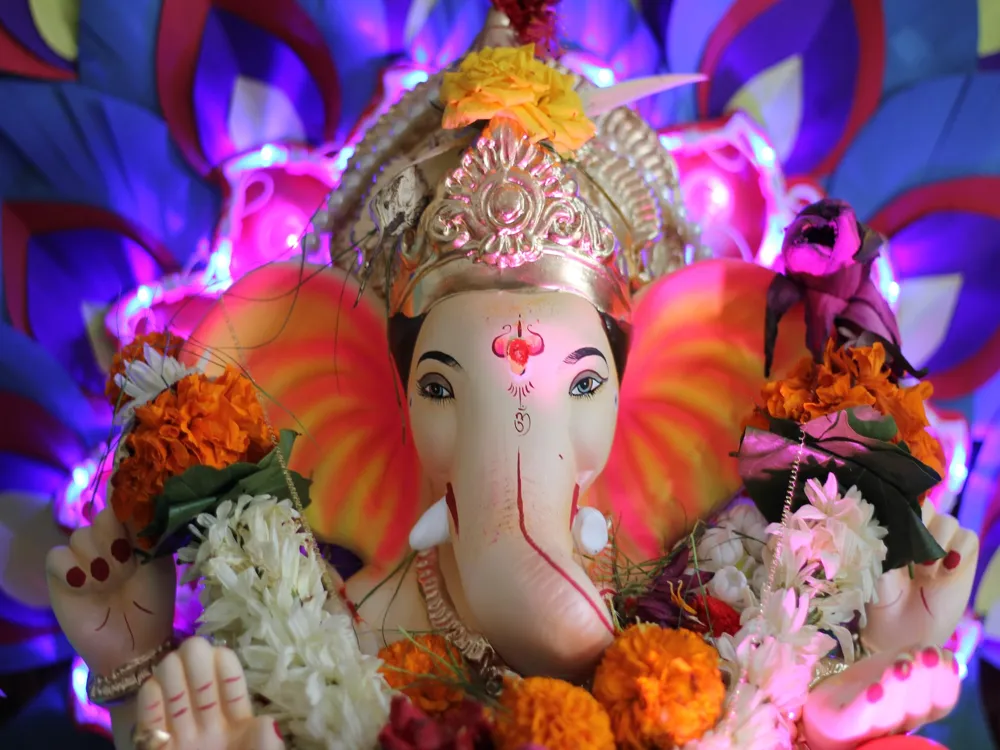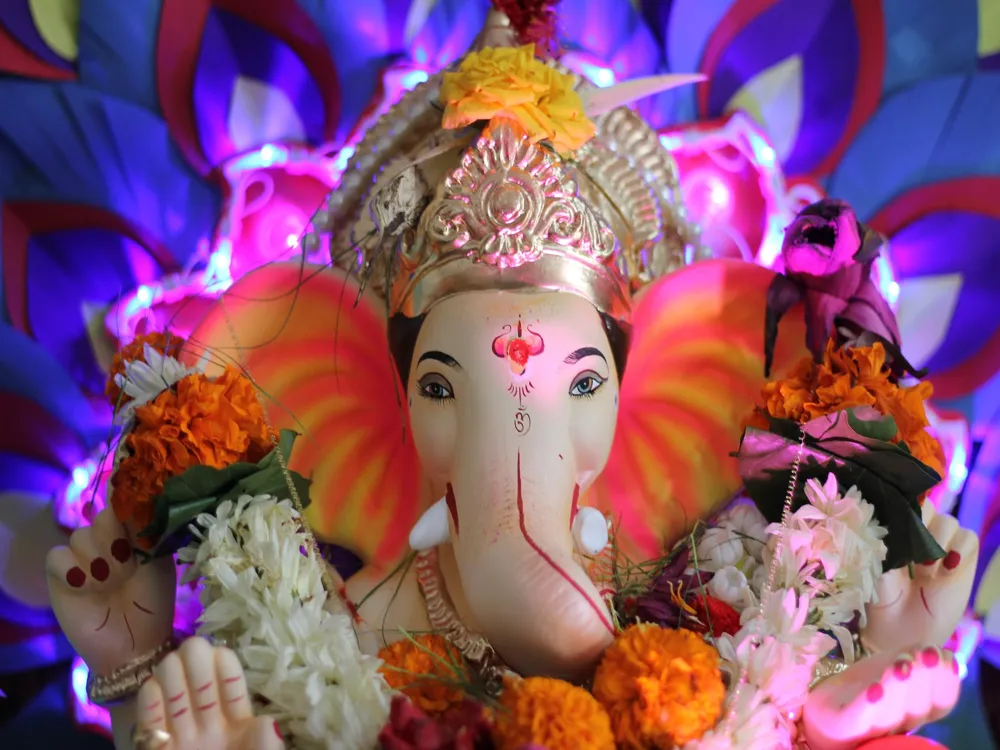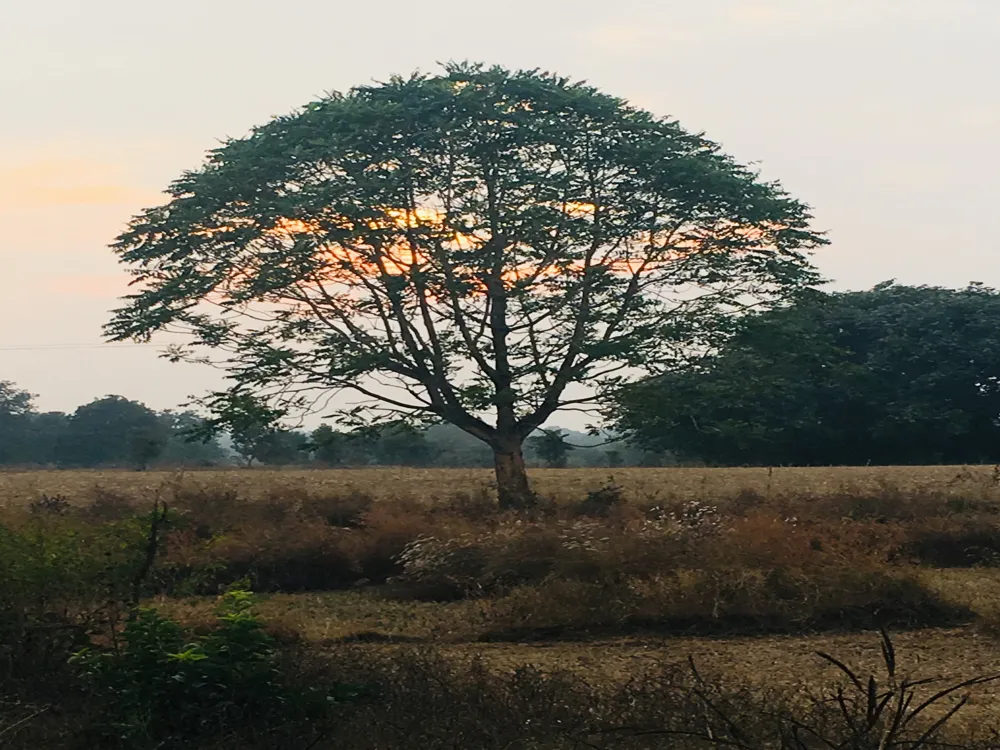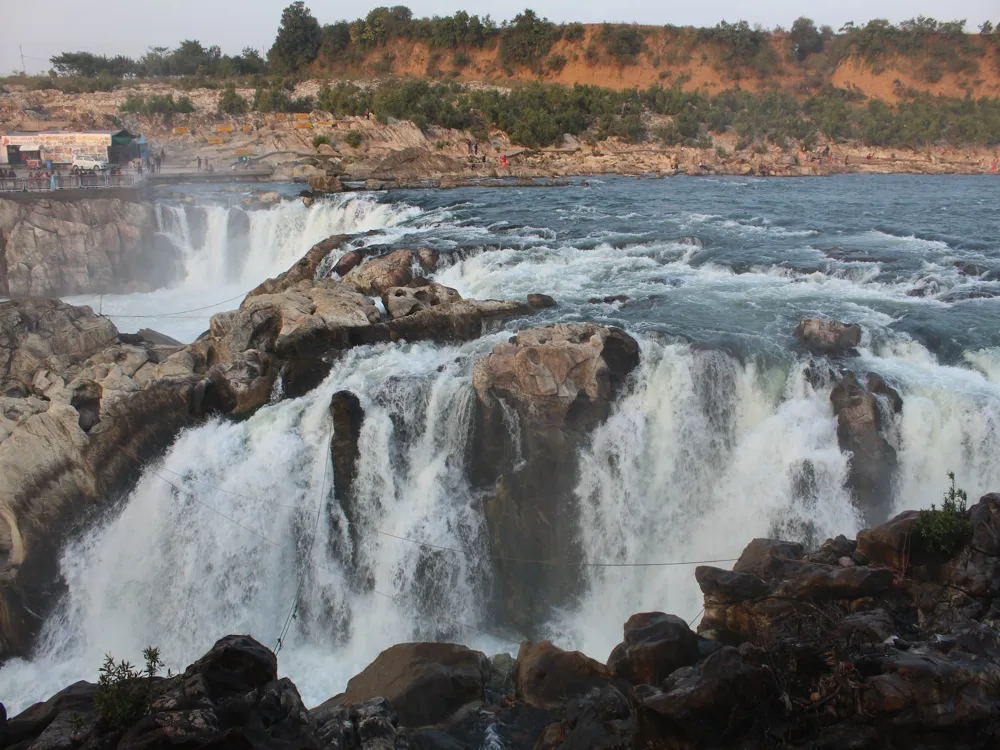Nestled in the heart of India, the Markanda complex in Nagpur, Maharashtra, is a hidden gem steeped in history and spirituality. This ancient site, often compared to Khajuraho for its architectural grandeur, is a remarkable testament to the artistic and cultural heritage of India. Located on the banks of the Wainganga River, it offers a serene and picturesque setting that adds to its mystical allure. The name 'Markanda' derives from Sage Markandeya, a prominent figure in Hindu mythology, and the temple complex is believed to have been a significant center of worship and pilgrimage in ancient times. The history of Markanda is a tapestry of various dynasties and eras, each leaving their indelible mark on its architecture and culture. From the early Gupta period to the reign of the Nagvanshis and later the Gond rulers, the region has witnessed a confluence of diverse artistic and architectural styles. This fusion is evident in the temple's intricate carvings, sculptures, and the overall layout. The main deity here is Lord Shiva, revered in the form of a Lingam. The site's spiritual significance is further heightened by its association with several legends and myths that resonate with devotees and history enthusiasts alike. The architectural grandeur of Markanda is a splendid display of ancient Indian artistry and engineering. The complex comprises a group of 24 temples, each showcasing a unique blend of architectural styles that span different periods and influences. The predominant style reflects the Nagara architecture, characterized by beehive-shaped shikharas (spires), intricate carvings, and beautifully sculpted pillars. The temples are adorned with a plethora of sculptures depicting various deities, mythological scenes, and motifs from nature, symbolizing the rich cultural tapestry of the era. One of the most striking features of Markanda's architecture is the exquisite detail in its stone carvings. These carvings are not just religious symbols but also reflect the social and cultural life of the period. They depict scenes from daily life, dancers, musicians, and a wide array of flora and fauna, showcasing the artisans' deep observance of their surroundings and their extraordinary craftsmanship. The layout of the temples follows a symmetrical pattern, with the main temple housing the sanctum sanctorum at the center, surrounded by smaller shrines and pavilions. This harmonious arrangement creates a sense of balance and unity, drawing visitors into a world of ancient splendor. The ideal time to visit Markanda is between October to March when the weather is pleasant, making it conducive for exploration and sightseeing. Visitors are advised to dress conservatively, keeping in mind the religious significance of the site. Comfortable footwear is recommended as there is a lot of walking involved. Opting for a guided tour can enhance the experience, as knowledgeable guides provide insightful details about the site's history and architecture. Photography is allowed, but it is advisable to check for any restrictions in certain areas. Always be respectful of the site and its sanctity. Markanda is accessible by various modes of transportation. The nearest airport is Dr. Babasaheb Ambedkar International Airport in Nagpur, which is well-connected to major cities. From Nagpur, one can hire taxis or take buses to reach Markanda. The nearest railway station is Chandrapur, from where taxis or local buses can be availed. For those driving, Markanda is connected through well-maintained roads, making it a scenic and comfortable road trip. Read More:Overview of Markanda, Nagpur, Maharashtra, Goa
Architecture of Markanda
Tips When Visiting Markanda
Best Time to Visit
Dress Code and Etiquette
Guided Tours
Photography
How To Reach Markanda
Markanda
Nagpur
Maharashtra Goa
NaN onwards
View nagpur Packages
Nagpur Travel Packages
View All Packages For Nagpur
Top Hotel Collections for Nagpur

Private Pool

Luxury Hotels

5-Star Hotels

Pet Friendly
Top Hotels Near Nagpur
Other Top Ranking Places In Nagpur
View All Places To Visit In nagpur
View nagpur Packages
Nagpur Travel Packages
View All Packages For Nagpur
Top Hotel Collections for Nagpur

Private Pool

Luxury Hotels

5-Star Hotels

Pet Friendly








